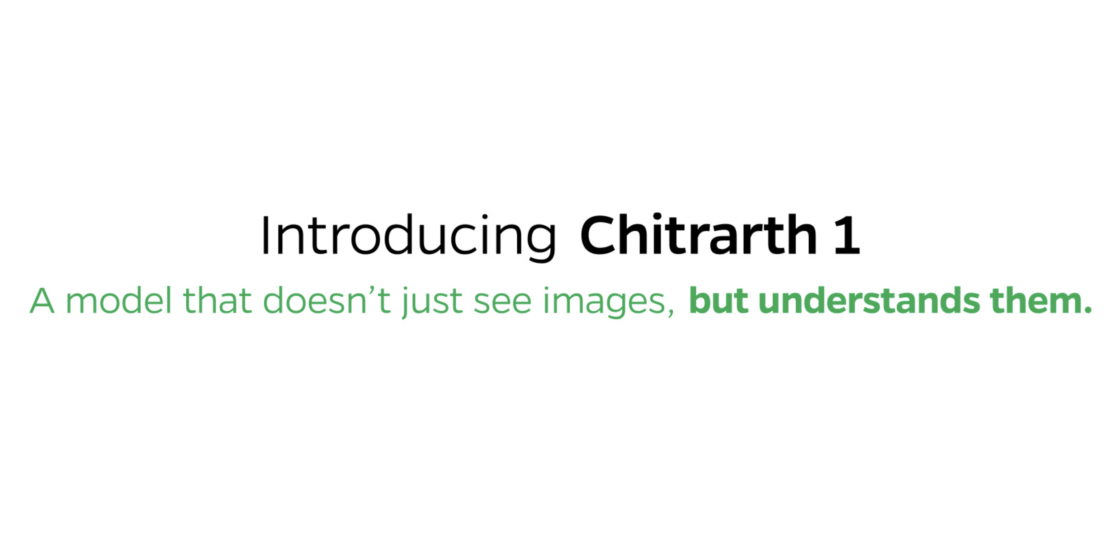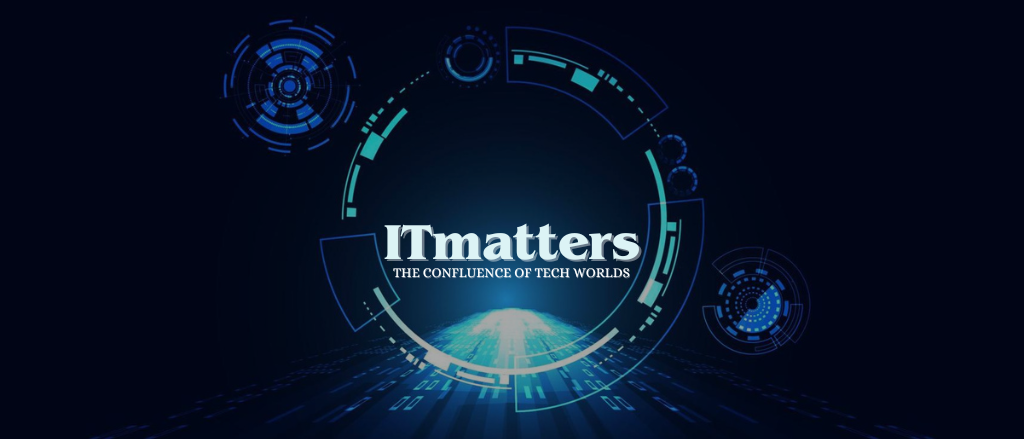
Why is India’s vision-language model Chitrarth a Big Deal?
India is stepping into the future with a groundbreaking AI model called Chitrarth. Developed by Ola’s Krutrim AI Lab, this innovation promises to make technology accessible to everyone. Unlike most AI tools that focus on English, Chitrarth speaks the languages of over a billion Indians. It’s a big deal, and here’s why.
This vision-language model, or VLM, combines text and images to understand and create content. Moreover, it supports 10 major Indian languages like Hindi, Tamil, Bengali, and more. For the first time, people can interact with AI in their mother tongues.
So, let’s dive into what makes Chitrarth special and how it’s shaping India’s tech landscape.
A Solution to India’s Language Challenge
Most AI models struggle with languages beyond English due to limited data. India, with its rich diversity, faces this problem head-on. Many Indian languages lack digitized content for AI training. However, Chitrarth tackles this gap with a smart approach. It uses Krutrim’s multilingual tech as its foundation, ensuring accuracy across languages. Now, users don’t need to rely on English to use AI tools.
Additionally, Chitrarth pairs text with visuals, making it a multimodal marvel. It can describe images, answer questions about them, or even find pictures based on text. This opens doors for everyday uses like education and shopping.
What Powers Chitrarth?
Chitrarth isn’t just another AI—it’s built with cutting-edge technology. It relies on Krutrim-7B, a strong language model, and SIGLIP for vision tasks. The team trained it in two steps: pre-training and fine-tuning. First, they used a diverse dataset translated into Indian languages. Then, they sharpened its skills with tasks like image captioning and reasoning.
What’s more, the training data reflects India’s culture. It includes images of famous landmarks, artworks, and dishes. As a result, Chitrarth understands India’s unique heritage. This makes it more relatable and useful for local users.
Real-World Uses for Everyone
Chitrarth isn’t just a tech experiment — it’s built for real life. For example, it can help online stores like Myntra or Nykaa. It can automate product descriptions and extracts details from images. This saves time and boosts efficiency. Similarly, it can assist in education by explaining visuals in native languages.
Beyond that, Chitrarth supports creative writing and accessibility tools. Imagine a visually impaired person asking about a picture in Tamil — Chitrarth can help. Its versatility makes it a game-changer for India’s digital growth.
Standing Out Globally
How does Chitrarth compare to other AI models? Krutrim tested it with BharatBench, a new tool for low-resource languages. The results were impressive. Chitrarth outperformed models like IDEFICS 2 and PALO 7B in key tasks. It also held its own in global benchmarks like TextVQA.
This success shows India’s potential in AI innovation. Plus, Krutrim isn’t stopping here. They’ve launched other models like Dhwani and Krutrim Translate. Together, these tools aim to reshape how Indians use technology.
The Bigger Picture
Krutrim AI Lab has bold plans beyond Chitrarth. With NVIDIA’s support, they’re building India’s first GB200 supercomputer by March 2025. Later this year, it could become the nation’s largest. This powerhouse will fuel more AI breakthroughs. Additionally, Ola is investing ₹2,000 crore now, with plans to raise it to ₹10,000 crore next year.
Looking ahead, Krutrim aims to launch a massive 700-billion-parameter model by August 15. They’re even working on an AI chip called Bodhi by 2028. Clearly, they’re dreaming big for India’s tech future.
Why This Matters?
Chitrarth isn’t just about tech—it’s about inclusion. It brings AI to people who’ve been left out due to language barriers. Whether you’re a student, a shopper, or a creator, this model offers something new. Plus, it proves India can lead in global innovation.
So, next time you hear about AI, think beyond English. Chitrarth is rewriting the rules, one language at a time. What do you think this could mean for your daily life?
